Hossam Afifi, Djamal Zeghlache9781903996300, 1903996309
Table of contents :
Applications and Services in
Wireless Networks……Page 3
Copyright……Page 6
Contents……Page 7
Foreword……Page 9
1. Introduction……Page 11
2. Related work……Page 12
3.2 The MASA end- system……Page 13
4. The MASA Media Manager……Page 15
5. The MASA Mobility Manager……Page 16
6. Sample scenario……Page 17
7. Summary……Page 19
1. Introduction……Page 21
2. Hierarchical Mobility Management for Mobile IPv6 ( HMIPv6)……Page 22
3. Fast Handoffs for Mobile IPv6……Page 24
5. Combining HMIPv6 and Fast Handoffs……Page 26
6. Conclusions……Page 28
1. Introduction……Page 30
2.1 Session Initiation Protocol ( SIP)……Page 32
2.2 Presence and Instant Messaging ( PRIM) protocol……Page 33
2.3 H. 323……Page 34
3.2 Presentity- watcher interaction: who queries whom?……Page 36
4. Mobile IMPS initiative……Page 37
4.2 Instant Messaging feature……Page 38
5. Conclusion……Page 39
1.1. AAA issues……Page 41
2.2. Migration to a new domain……Page 42
3. Packet format for SLS flow description……Page 43
4.2. Migration to a new domain……Page 44
5. Translation of the SLS to Linux Router configurations……Page 45
6. Inter- domain broker signaling……Page 46
7. Conclusion……Page 48
1. Introduction……Page 49
2. GPRS……Page 50
3.1. MIPv6……Page 51
4. IGPRS……Page 52
4.2. Activate procedure……Page 53
Conclusion……Page 54
1. Introduction……Page 56
2.3. Umbrella cell……Page 58
2.5. Routing algorithms in the core network……Page 59
3.1. Basic parameters for comparison……Page 60
4. The new LP algorithm……Page 61
4.2. Simulation results……Page 62
5. The proposed routing scheme……Page 63
5.1. Simulation and results……Page 65
6. Conclusions and future research……Page 67
1. Introduction……Page 69
2. BSS measurements……Page 71
3. Mobility modeling and design approach……Page 72
4. Conclusion……Page 76
1. Introduction……Page 79
2. UMTS Release 5 architecture……Page 80
3. Open service architecture for UMTS……Page 82
4. End- to- End QoS architecture for UMTS……Page 86
5.1 Rationale……Page 87
5.2 Scenarios considered for performance and capacity study……Page 88
6. Conclusions……Page 96
1. Introduction……Page 97
3.1. Organization of ICT management……Page 98
3.3. Intention to adopt and scope of mobile Internet applications……Page 99
3.6. Demand for mobile Internet within the organization……Page 100
3.8. Expected technical and ICT management impacts of mobile Internet implementation……Page 101
4. Discussion and limitations……Page 102
1. Introduction……Page 109
2. TMN management architecture……Page 110
3. Heterogeneous requests handling agent architecture……Page 112
4. Integrated object- based management architecture……Page 113
5. Conclusion……Page 114
1. Introduction……Page 116
2.1 Cooperation between protocols……Page 117
2.3 Complementary mechanisms……Page 118
3. Simulations……Page 120
3.1 Simulation results……Page 122
4. Summary……Page 126
1. Introduction……Page 128
2.1. Objective functions for communication networks……Page 129
2.2. Distributed network game……Page 130
2.3. Optimal congestion control under synchronous allocation……Page 131
3.1. Externality games……Page 132
3.3. An implementation example……Page 133
4. Conclusion……Page 134
1. Introduction……Page 136
3. System model……Page 137
4. Quantum Multi- User Detector……Page 138
4.1. Evaluation of r ¨C the measurement……Page 139
4.2 Setting the variables and……Page 140
5. Conclusions……Page 142
1. Introduction……Page 144
3. The multi- device application server architecture……Page 145
3.2 Implementation……Page 146
3.3 Deployment on a wireless context……Page 147
4. Prospects……Page 149
1. Introduction……Page 151
2.1 Location estimate……Page 153
2.2 Placing several APs with different reachable distances to improve accuracy……Page 154
2.3 Using trace data to improve accuracy……Page 155
3. System organization……Page 156
4. Conclusion and future work……Page 158
1. Introduction……Page 160
2.1. Overview of proposed system……Page 161
2.2. Application area……Page 163
3.1. Relative output power control with limited range……Page 164
3.2. Relative output power control with fixed step size……Page 165
4.1. Simulation conditions……Page 166
4.2. Simulation results……Page 167
5. Conclusion……Page 170
1. Introduction……Page 172
2.1. The Bluetooth specifications……Page 173
2.2. The IEEE 802.11 specifications……Page 174
3. Interference in the 2.4 GHz band……Page 176
4. Coexistence framework……Page 178
5. Factors impacting interference……Page 179
6. Concluding remarks……Page 181
2.1 SIM features……Page 185
2.4 USIM Application Toolkit ( USAT)……Page 187
3. Internet smartcard……Page 188
3.1 Internet smartcard architecture……Page 189
3.2 Virtual objects……Page 190
4.1 Smartcard communication stack……Page 191
4.5 QoS management……Page 192
5. Conclusion……Page 193
1. Introduction……Page 195
2.2 Analysis of the previous work……Page 196
3.1 Cryptographic settings……Page 197
3.2 Proposed protocol……Page 198
4. Security analysis……Page 199
5. Conclusions……Page 200
1. Introduction……Page 202
2.1. Security features for sending or receiving information……Page 203
3.1 The proxy signature……Page 204
4.2 Protocol description……Page 205
5.1 System parameter……Page 206
5.2 Implementing nominative proxy signature……Page 207
5.3 Analysing the proposed scheme……Page 209
6. Conclusion……Page 210
1. Introduction……Page 212
2. The differences between MPEG2 and H. 263……Page 213
3.1 I frame to I frame conversion……Page 214
3.2. P frame to P frame conversion……Page 215
4. Experimental results……Page 217
5. Conclusions……Page 218
2. Issues and suggestions……Page 220
3. An adaptive stream engine……Page 222
4. The method of adaptive buffer management……Page 223
5.1. Active model of the filter……Page 224
5.2. The filter pipeline……Page 225
6. Conclusions……Page 226
23. PLATONIS: a platform for validation and experimentation of
multi-protocols and multi-services
Ana Cavalli, Iksoon Hwang, Amel Mederreg, Christian Rinderknecht,
Pierre Combes, Fabrice Dubois, Wei Monin, Richard Castanet, Serge
Chaumette, Marcien Mackaya, Éric Salomé and Patrice Laurençot……Page 227
1.1. Objectives……Page 228
1.2. Partnership and project management……Page 229
1.4. Conformance and interoperability……Page 230
2.1. Architecture for mobile wireless applications……Page 231
2.2. Connecting PDAs to wireless networks……Page 233
3.1. Interoperability test architectures……Page 234
3.2. A layer conformance test architecture……Page 235
4. Services to be studied……Page 236
5. Migration to GPRS……Page 237
1. Introduction……Page 240
2. Related research……Page 241
3.1. Detection of shot change for H. 263 video……Page 242
3.2. Retrieval of similar shot……Page 243
3.3. Generator of clip file……Page 244
3.4. A clip file presentation linked with the distributed multimedia stream engine……Page 245
4. Conclusions……Page 247
Index……Page 249
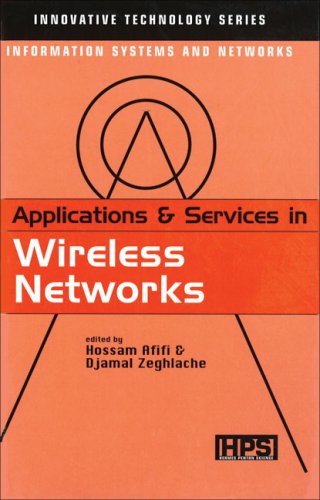
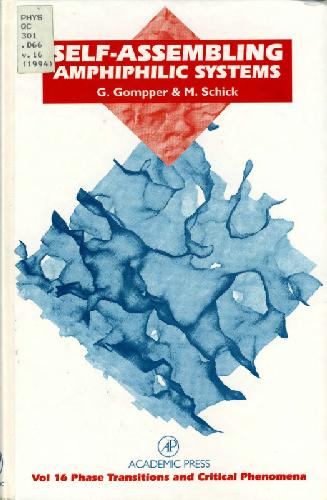
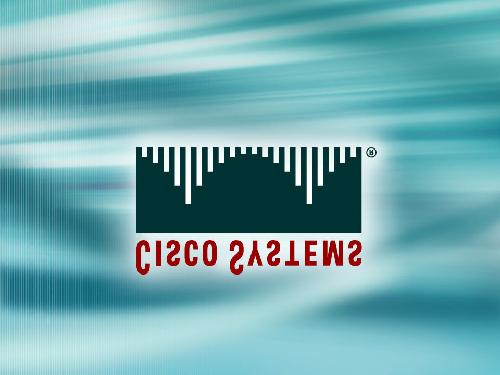
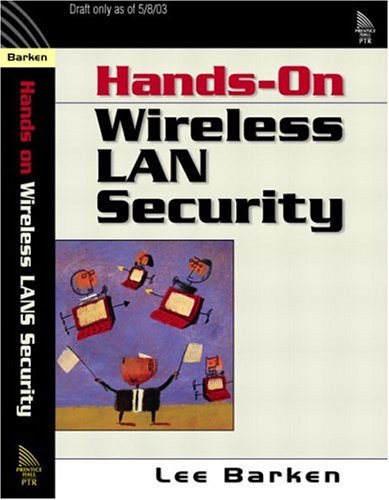
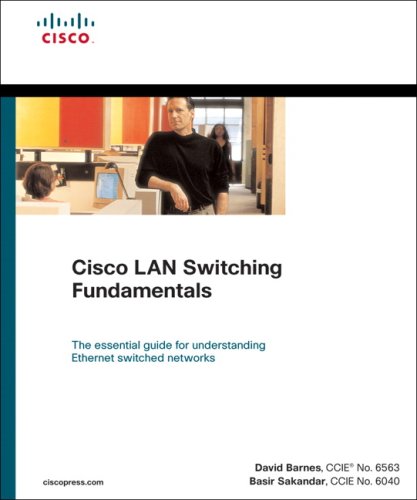


Reviews
There are no reviews yet.